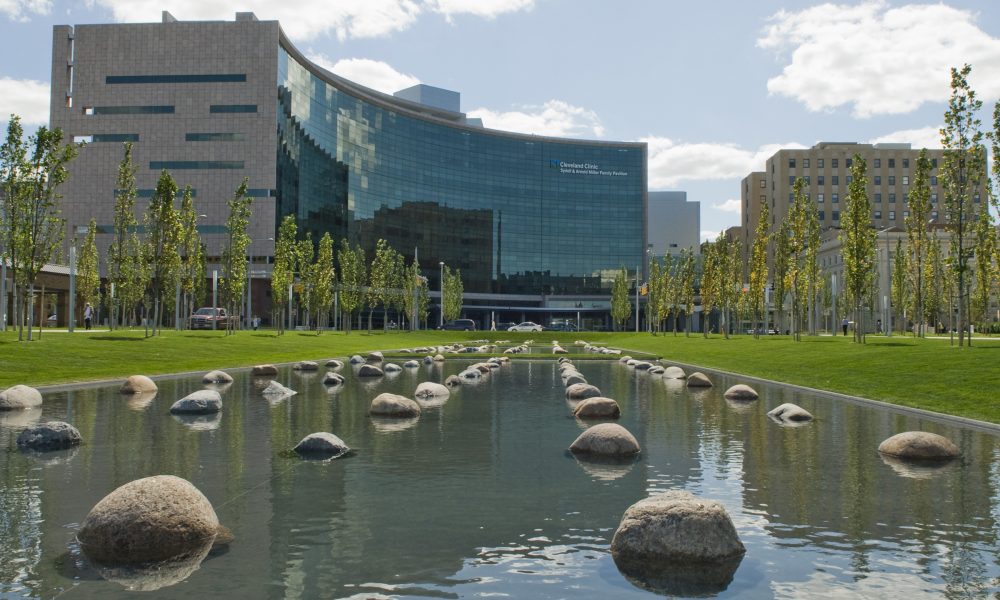The healthcare sector produces between 8-10% of total US carbon emissions, in turn contributing to the nearly 200,000 premature deaths due to poor air quality each year1. As centers of healing, healthcare facilities from hospitals to medical office buildings represent key opportunities to demonstrate how the built environment can instead be a contributor to individual and community health.
To demonstrate this potential, the International Living Future Institute is embarking on a 2020 initiative to partner with leading healthcare institutions to pilot the application of our new Core Green Building Certification program. Through this initiative, ILFI aims to work directly with up to five healthcare institutions to apply Core to at least one capital project under development, and in the process, gather lessons learned, key opportunities, and unique healthcare sector challenges. Once gathered, these lessons will be documented through case studies and a healthcare-specific application guide for the Core Green Building Certification. The goal of the guide will be to make the program even more relevant and achievable for other healthcare systems to adopt while focusing on a patient-centered experience; certifying and communicating the aspects of a regenerative healthcare building that patients care about.
We work to make the built environment healthier because a healthier environment makes healthier people.
The timeline for the initiative will include in-person workshops and kick-off meetings throughout March, with an in-person gathering hosted at the American Society for Health Care Engineering’s Planning Design and Construction Summit (ASHE PDC) in San Antonio. Throughout the year, additional round-table meetings will be held at the annual Living Future conference in Seattle, and at CleanMed, culminating with the release of the guidance document.
With only 10 years left until 2030, we have entered the “Decade to Deliver”.2 Although ILFI has seen dramatic growth in adoption and success of the Living Building Challenge, Zero Energy, and Zero Carbon programs–including projects in every climate zone, new construction, major renovations, interior renovations, the range from rural to urban settings, and growing in scale with multiple projects now well over 500,000 square feet–we have yet to see scalable adoption of these programs in the healthcare sector.
Until now.
The Cleveland Clinic has pledged to participate as a founding partner in the healthcare initiative. Jon Utech, Senior Director, Office for a Healthy Environment at Cleveland Clinic said, “Our green building strategy is an extension of our healthcare mission. We work to make the built environment healthier because a healthier environment makes healthier people.
“Cleveland Clinic has a long-standing commitment to green building with more than 6 million square feet of facilities that have achieved a green certification over the last twelve years. We seek to create a standard that speaks most directly to the health of our patients and caregivers. As healthcare increasingly moves toward population health, it’s time to create a standard that speaks directly to the health of our communities, the patients we heal, and the caregivers who serve,” Utech continued.
There are numerous other healthcare systems considering the program, and ILFI is continuing to look for additional partners to join in this effort. If you or a colleague is a representative of a healthcare system that would be interested in partnering with ILFI, reach out to shawn.hesse@living-future.org.
1 The Commonwealth Fund; https://www.commonwealthfund.org/blog/2018/be-high-performing-us-health-system-will-need-adapt-climate-change?redirect_source=/publications/blog/2018/apr/health-system-and-climate-change
2 UN Global Compact-Accenture Strategy 2019 CEO Study – The Decade to Deliver: A Call to Business Action; https://www.unglobalcompact.org/library/5715



